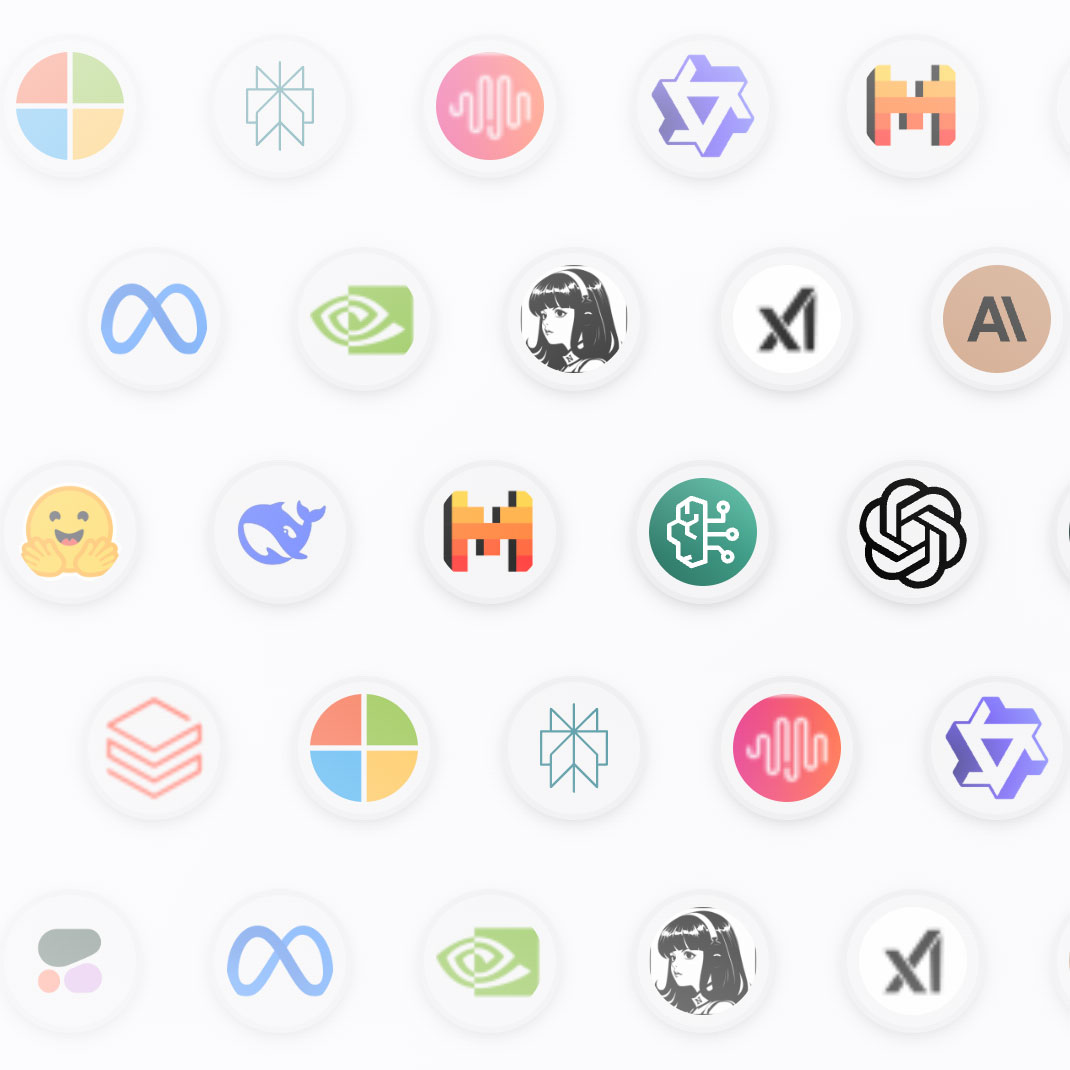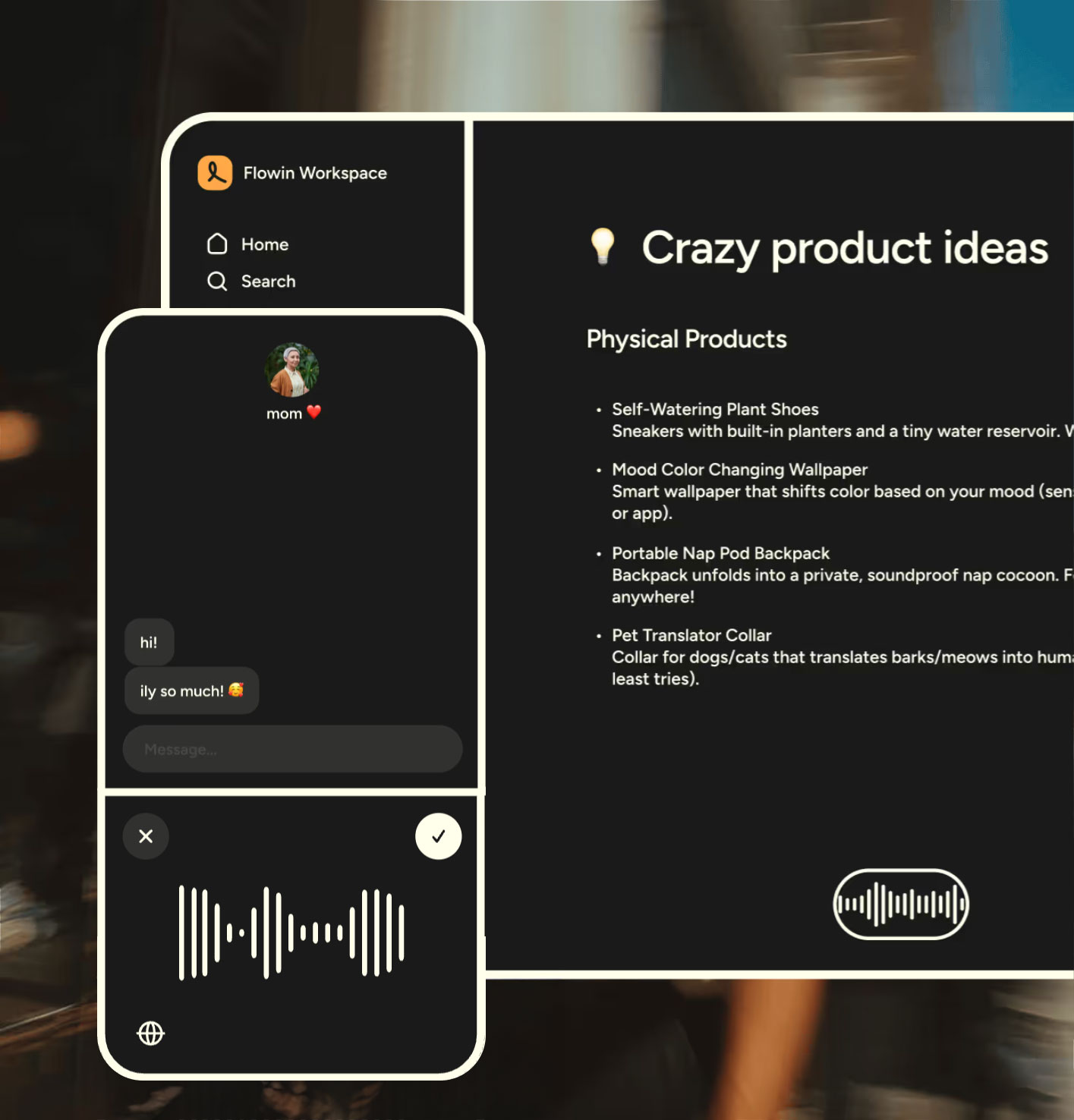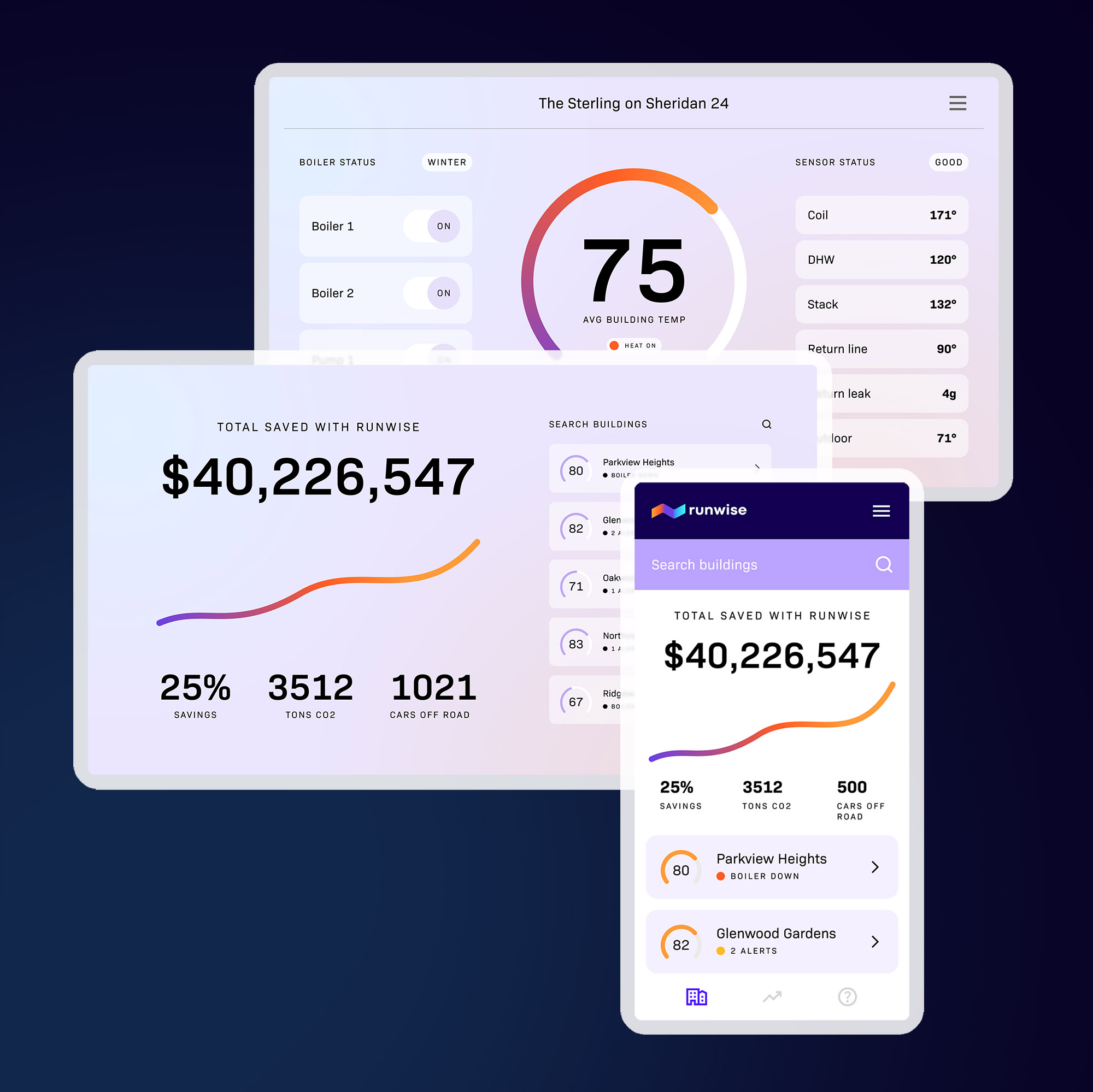I’m thrilled to announce today that Menlo Ventures is leading a $30 million round in Clarifai, a company building a platform to democratize AI and bring it to the mainstream of developers and applications. We’re at the beginning of a long, exciting, and impactful era of innovation using AI, and from day one, Clarifai has focused on the big vision of enabling anyone to unlock the power of AI.
Just as Twillio took communication services (messaging, in app communication, call trees, etc) and made it super simple to customize and drop into any application, Clarifai provides the same for computer vision initially and ultimately the general field of AI. In the case of Clarifai, the underlying tech is more complex and the use cases less mature. This is probably the most exciting thing about Clarifai. Everyday developers come to Clarifai to imagine what they can do with computer vision. Applications range from analyzing website images, to profiling tumors, to indexing video, to profiling crop data from drones; and everyday another surprising use case emerges.
We were incredibly excited to back Clarifai at the intersection of two-trends we are enormously excited about: AI and innovative API businesses.
While AI has been broadly and widely hyped, up to this point, it has been somewhat of a black art led by PhD’s inside companies that have built very specific models around datasets relevant to that particular company. That said, there are many factors that justify the hype and make it an exciting time in the field, specifically: 1) algorithmic advances, 2) cheap storage/compute, 3) massive cloud accessible datasets, 4) number of devices capturing data, and 5) explosion of trained data scientists.
These factors are moving AI closer to the masses, yet re-creating the complex models necessary to deliver a best in class AI product is a significant hurdle, and getting the right people to do it, can be even harder. Yes, offerings like TensorFlow from Google, which deliver a set of math libraries and frameworks for programmers to develop their own AI models, are a step in the right direction. But it’s still heavy lifting and not consumable by many developers.
Clarifai on the other hand is more analogous to Stripe, providing an API that allows developers to get up and running immediately, and this hits on another reason we are particularly enthusiastic about the company. As discussed in our May article in TechCrunch, there is a wave of software innovation in the area of APIs whereby standalone companies are providing critical functionality to many other applications vs each application having to develop all functionality (e.g., payments, fraud, shipping, messaging, and now AI). This fundamentally changes the dynamics of how software is created and brought to market by allowing companies to innovate most quickly on the unique aspects of the application they develop and leveraging 3rd parties (like Clarifai) for functionality they don’t need to, or can’t, replicate.
In addition, Clarifai has taken the opportunity around computer vision to the next level by enabling application developers to train their own models vs adhering to a one size fits all model. This innovation allows, for example, a developer to distinguish between a fake gun and a real gun, natural beauty vs beauty, a person entering a door of a building vs a person acting suspiciously entering a building, etc. The ability to train one’s own model allows for a much more granular and application specific approach that further expands the market.
Beyond the platform and usability, one of the clear highlights of the opportunity is Matt Zeiler and the team he has recruited in NYC. Matt has been committed to this field from his early undergrad days through his PhD and has been mentored by industry leaders who are now leaders of AI at Facebook and Google (where Matt interned twice). Matt showed his ability to innovate in the field in the earliest days of Clarifai in 2013, as he won all five of the Imagenet (global computer vision competition) Classification Challenges (results). Since then, he and the team have continued to build on the accuracy, speed, and usability of these industry-leading models for any application.
Menlo and I have been investigating the areas of computer vision and AI for some time. I’ve worked first hand with some of the best AI teams in the industry at Drawbridge (AI applied to cross device identity), Insidesales.com (AI applied to sales and marketing data), and InstartLogic (AI applied to application delivery). More recently at Menlo Ventures, we’ve invested in companies like Signifyd (fraud), Heap (customer analytics), and Veriflow (continuous network verification), who each are using AI to make their applications more powerful and differentiated.
We see tremendous opportunity in the sector, but finding a truly breakout standalone opportunity has been hard to come by. The application-specific AI companies we’ve invested in so far are very promising, and with a platform like Clarifai, we expect to see an acceleration of smart, differentiated, AI-enabled applications. For the first time, AI technology can keep up with an application developer’s imagination.
Menlo Ventures is delighted to be collaborating with Matt and team in this journey and big vision of helping the world answer any question (with AI)!
Matt is a partner at Menlo Ventures and invests multi-stage across AI infrastructure (DevOps, data stack, middleware, API platforms), AI-first SaaS (vertical and horizontal), and robotics. Since joining Menlo in 2015, Matt has led investments in Anthropic, Airbase, Alloy.AI, Benchling, 6 River Systems (acquired by Shopify), Canvas, Clarifai, Cleanlab, Carta,…






